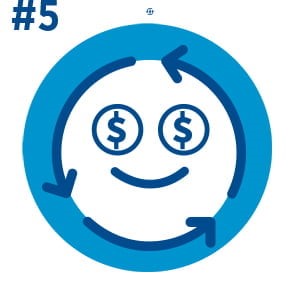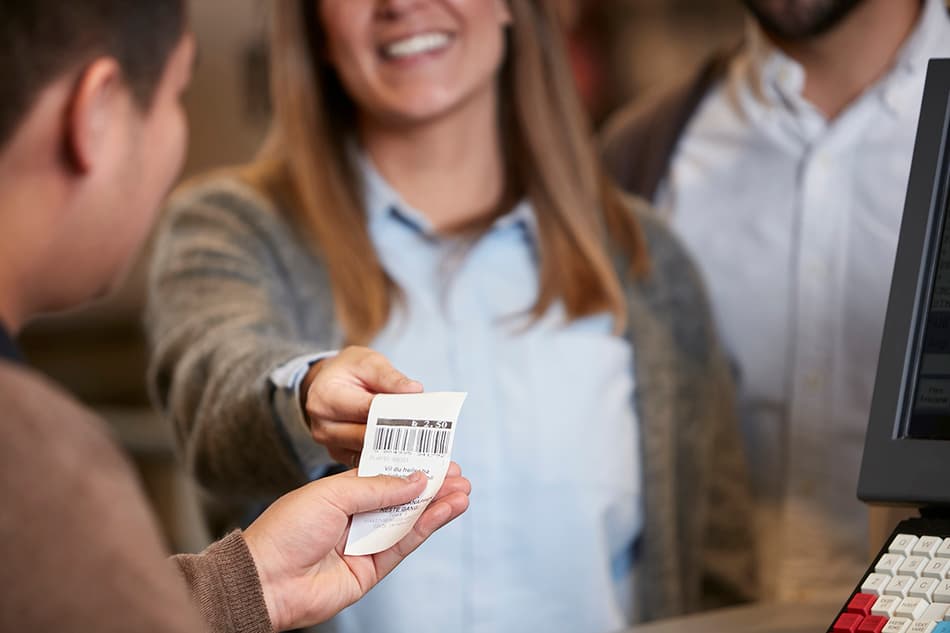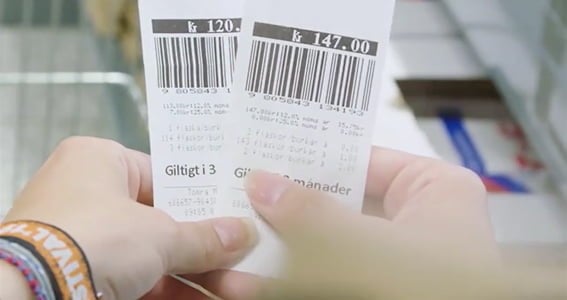Key elements of high-performing deposit return systems:
#5 - Separately charged and fully refundable deposits
In this System Spotlight article series, TOMRA provides a deep dive into the best practices of high-performing container deposit return schemes.

Ocean plastic pollution, waste management costs and mandated collection targets are causing more and more governments to make sustainable resource management a priority. One policy that is actively being discussed is the concept of giving waste a value, to incentivize the public to collect it for recycling. This is a particularly popular approach for the items that are most commonly littered and found in oceans, such as beverage containers. Container deposit return systems (or “bottle bills”) add a deposit on the container on top of the price for the beverage, which is repaid when the consumer returns it to be recycled. A number of states or countries have committed to update existing deposit systems or develop new systems. In this ongoing article series and its white paper, "Rewarding Recycling: Learnings From the World's Highest-Performing Deposit Return Systems", TOMRA explores the best practices that separate the leaders in deposit return systems from the laggards.
Key element #5: separately charged and fully refundable deposits
The very nature of a “deposit”, in any context, is that the payment should be returned in full. Evidence shows that deposit return systems (DRSs) that issue only partial refunds, in order to hold back funds for covering system costs (also known as “half-back” systems), collect significantly fewer containers. This is because the partial refunds reduce the incentive for consumers to participate.
In contrast, the top-five performing deposit systems in the world all offer fully refundable deposits and the impact is evident: the systems in Germany, Netherlands, Finland, Denmark and Lithuania have a combined average return rate of 94%.1
Also important is to engage the consumer at the point of sale by clearly communicating that they are being charged a refundable deposit, and that this deposit comes on top of the sales price.
In many countries, this is done by listing the deposit value separately from
the sales price, on both the store shelf and receipt, to avoid unnecessary
consumer confusion. Ensuring that the deposit is exempt from value-added or
sales taxes also helps to reinforce that the deposit is a refundable payment,
not a tax.

Deposit return system spotlight
Separately charged deposits
All European deposit systems
Separately charged deposits are common across all European deposit systems including Germany, Norway, Sweden, Finland, Estonia and the Netherlands. In these examples, the container deposit amount is clearly listed on both the store shelf and sales receipt.
All Australian states
While all Australian states use a similar method of separately charged deposits, in Australia it is only the deposit containers that are used to communicate the “refund” value, instead of sales receipts and product labels on shelves. Communicating the deposit value only on the container itself misses a key opportunity for public education about the DRS.
Fully refundable deposits
Newfoundland & Labrador, Canada
Consumers in the province of Newfoundland & Labrador pay a deposit on eligible beverage containers and receive back about 70% of the value when returning their containers for recycling. The deposit is CAD$0.08 (US$0.06) for beer cans and imported bottles, but only CAD$0.05 ($0.04) is refunded. This impacts the province’s collection rate, with only 65% of containers returned for recycling in 2019.2
California, USA
The California Refund Value (CRV) sets out the amount paid to consumers when they recycle beverage containers at certified recycling centers. Minimum refund values have been established for each type of eligible beverage container, set at five cents for each container under 24 ounces and 10 cents for each container 24 ounces or greater. However, unlike most deposit systems, California repays consumers based on weight rather than unit. Typically, consumers will weigh their container and then use a state-supplied conversion formula to calculate the redemption value. For every deposit that consumers pay at checkout, they are most often paid less when redeeming through this “weight-based” system.
Weight-based redemption requires regular updates of the state’s average weight calculation due to the changing variety of container sizes and weights on the market. The most obvious example is when redeeming plastic bottles, because brands are continuously innovating their packaging to reduce container weights. Conversely, unit-based container redemption is straightforward, with one deposit for one container.
A fully refundable deposit engages consumer participation

For a deposit return system to be a success, a fully refundable deposit is key. Although some systems operate on a partial refund basis to help pay for their running costs, consumer participation in these territories is low compared to those offering fully refundable deposits.
By refunding the deposit in full once the container returned, as well as clearly and separately communicating the deposit value at purchase, it encourages consumers to participate in the system and enable strong return rates to be achieved.
1 “Global Deposit Book 2020,” Reloop. 2020.
2 Ibid.
